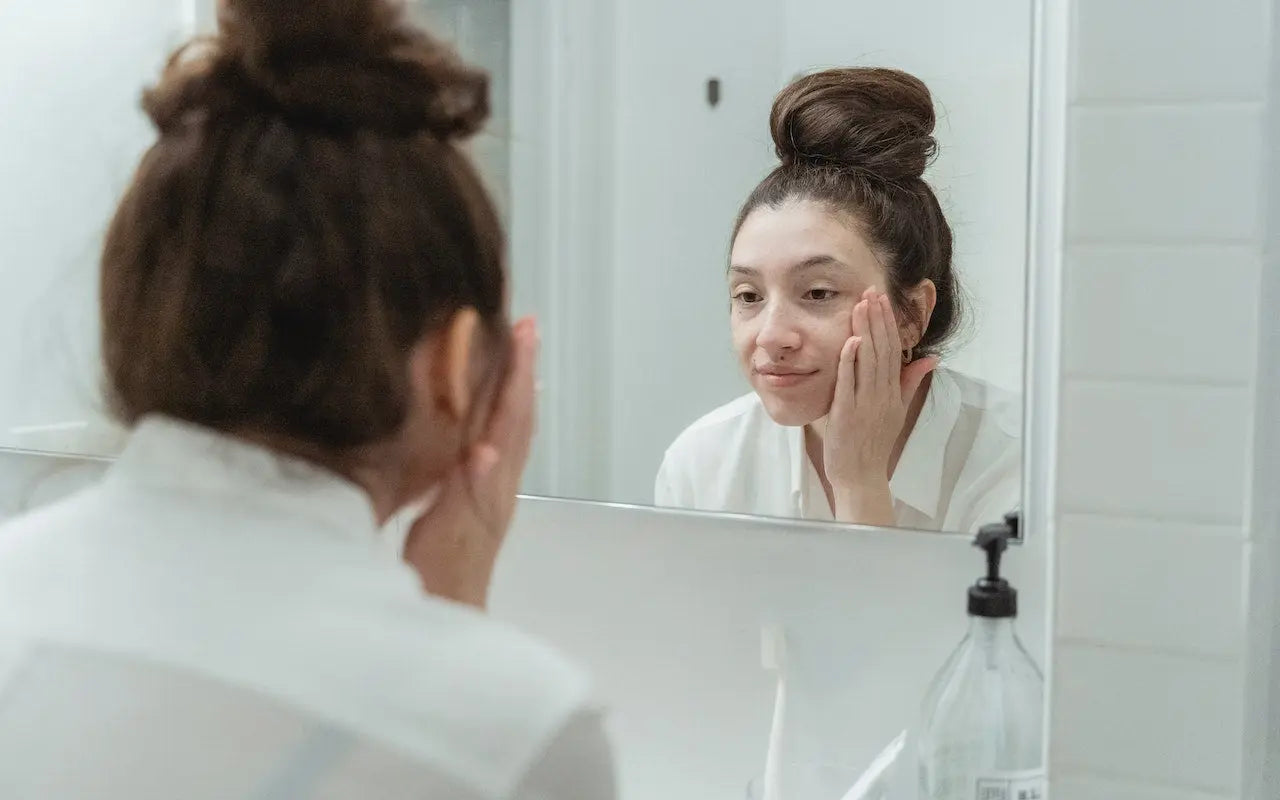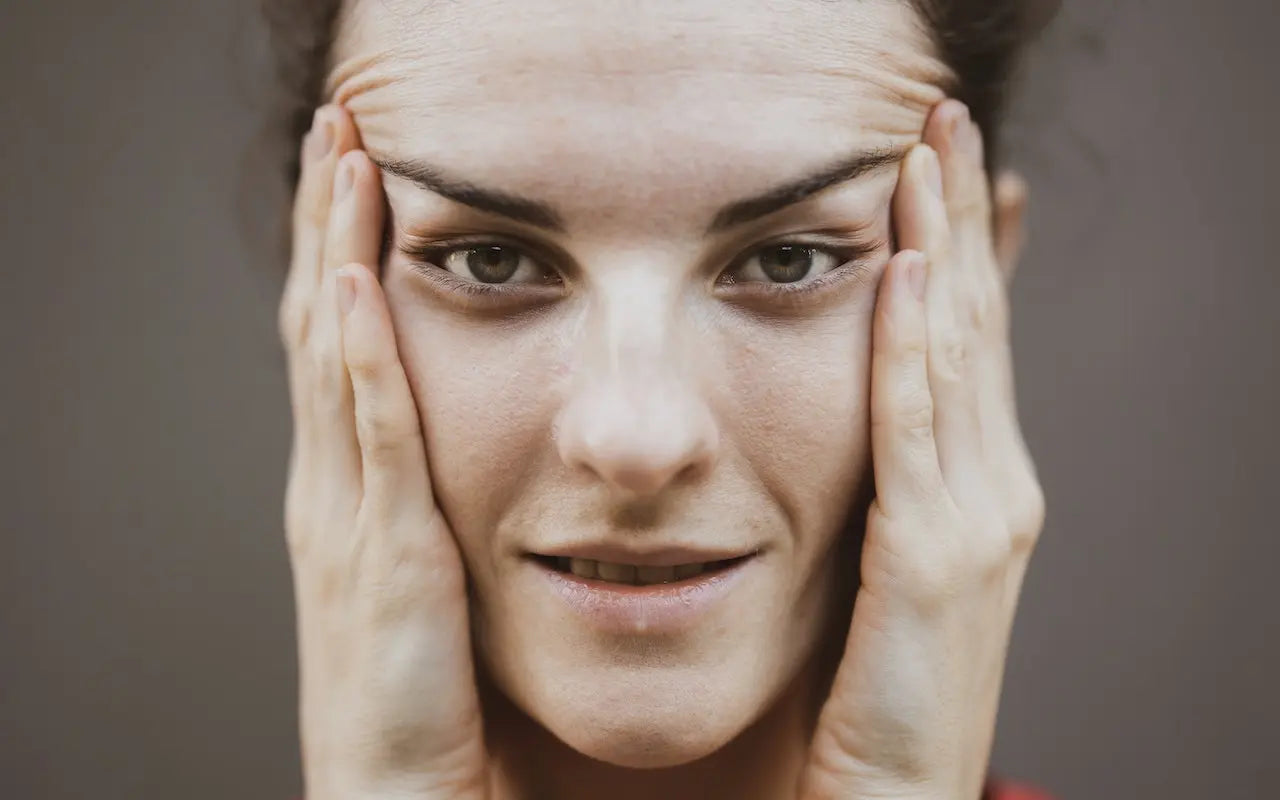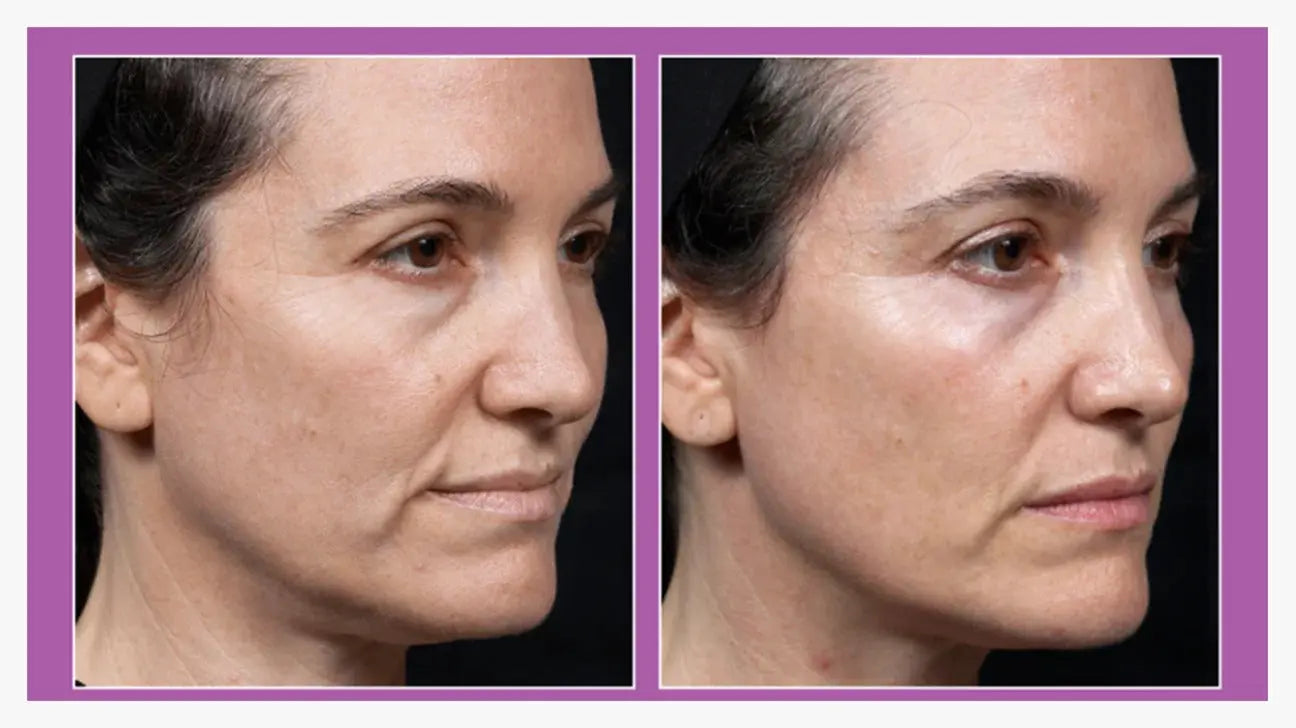Medically Reviewed by Dr. Lisa Hartford, MD
Human skin is one of the largest organs that serves aesthetic as well as functional purposes in the body. It protects the vital organs and ensures thermal regulation. To fulfill all these functions, skin goes through several stages of repair and regeneration. It remains flexible and elastic, contributing to fluid movements throughout the body.
The skin's ability to stretch, move, and bounce back to its original shape is called skin elasticity. There are some biomechanical ways to measure the elasticity of the skin. It's a doorway to understanding skin better and developing ways to support regeneration.
As we know, due to several factors such as aging, sun exposure, genetics, and lifestyle, the elasticity may reduce over time. This makes skin repair and regeneration a crucial step towards flawlessly functioning skin. Keep reading to learn innovative ways to measure skin elasticity.
Understanding Skin Elasticity
The skin has collagen and elastin proteins. Collagen ensures structure and tightness in the skin, while elastin supports the skin to stretch and return to its previous shape. Both these proteins are present in the skin and the muscles underneath.
The skin in the optimal elastic state will appear youthful, plump, and firm. There are several factors that impact skin elasticity. Aging, environmental factors such as harsh wind, pollution, UV exposure, inadequate skin care, and genetics impact elasticity.

Age-related changes in skin elasticity
As you read, collagen and elastin are depleted in the aging skin for several reasons. This degeneration occurs at the cellular and molecular level. Mostly, the fibroblast activity is reduced in the skin. Fibroblasts help stimulate collagen and keep the skin in good health.
The collage synthesis is also governed by an increase in ATP in fibroblasts, resulting in more collagen. Due to intrinsic and extrinsic changes in the skin, these cellular activities reduce, hence causing aging and loss of skin elasticity.
The loss of firmness and elasticity eventually leads to fine lines, wrinkles, age spots, and saggy and dehydrated skin.
Innovative Biomechanical Measurement Methods
One easy way to check skin elasticity at home is to do a skin pinch test. This test essentially tells you about the hydration level of your body. It may not be as precise as the biomechanical methods, but it may give you an idea.
Use your thumb and first finger to pinch the skin on the back of your hand and hold for five seconds. Release the skin and check how many seconds it takes to bounce back. 1-2 seconds show functional age to be under 30. 3-4 seconds for 30-44 years of age and 5-15 seconds for 45-60 years of age.
Here are some biomechanical innovations to measure skin elasticity.
Cutometer
A cutometer is a probe used to evaluate the skin elasticity in different sections. It may be used to measure the viscoelasticity of the eye area, cheeks and neck. The probe uses a suction mechanism. It creates a negative pressure using a vacuum pump.
This pump draws the skin and calculates the resistance of the skin towards suction. Besides, it checks the skin's ability to return to its original position. Both of these indicate the skin's strength and elasticity.
In a recent study, 129 women aged 15-77 were included to learn about the collagen and aging signs in the face. They did not have any history of cosmetic procedures or surgeries. The elasticity in the cheeks and eyes was calculated using a cutometer. After the analysis, there was higher collagen and skin elasticity in younger ages in comparison to older women. Moreover, the aging signs were prominent in the cheek area.
SkinFibrometer
A skin fibrometer can be used to measure the viscoelastic properties of the skin. It gives the relationship between dermis structure and elasticity parameters. The device is portable and easy to use non-invasively.
It has the ability to measure the skin and upper subcutis elasticity. With a skin fibrometer, accurate readings for skin disorders, elasticity and lymphedema can be calculated.
Ballistometer
Here's another device that uses a non-invasive technique to measure skin's elasticity. It measures the increase and decrease in elasticity and firmness using the mechanism of constant force application.
The results are given based on the indentation of the force and the skin's ability to resist the impact. In addition, it may be used to calculate cellulite, aging, and wound healing speed.
Tensile testing
Human soft tissues can be tested for tensile strength by simply stretching and compressing the sample. After the compression and tension, the skin sample is relaxed while collecting the data.
This data may be used to learn about the viscoelastic properties of the skin and how long it takes to relax. Tensile testing can be used for a dermatological procedure or the impact of a product on the tensile strength.
Cosmetic Applications of Biomechanical Measurements in Skin Elasticity Assessment
Quantitating assessment of the skin via biomechanical methods can give us an insight into internal health. It can tell us more than what our eyes can see. Below are some significant applications of skin elasticity assessment.

Diagnosis of skin conditions
Skin conditions such as melasma, cancer, injuries, and inflammation may be detected using biomechanical assessment. Also, it may help to see the early onset of aging, psoriasis, and eczema in the skin. Overall, diagnosis of benign as well as neoplastic skin conditions is possible with the help of these methods.
Evaluation of treatment efficacy
When a new skin treatment is given, the results may not be visible. However, with such accurate testing, we can learn the efficacy and improvement rate of a certain treatment. It can serve as a baseline in clinical trials to do before and after analysis and offer insightful results. As a result, the treatment will have a proven potential for further application.
Formulation and testing of anti-aging products
Many anti-aging products claim to be effective in diminishing and preventing fine lines. They do so by generating collagen and elastin in the skin. These products can be put to the test for their effectiveness before entering the market.
Monitoring cosmetic procedures
Cosmetic procedures have to be precise and have zero room for errors. The advanced testing and monitoring methods ensure the procedures are planned and conducted with utmost precision. Not only do biomechanical measures help in assessment, but they also contribute to predicting skin behavior during and post-procedure.
Research and development
New studies and research for skin disorders are possible when biomechanical measurements are noted. The time taken for wound healing may also be compared when interventions such as microcurrent and Red LED therapy are used. New, effective treatment plans can be devised.
How to Improve Skin Elasticity?
Here are several strategies you can implement to help improve skin elasticity.
Hydration and Balanced Diet
Staying well-hydrated is crucial for skin health. Drink an ample amount of water daily to maintain your skin's moisture levels. Also, focus on consuming foods high in collagen-boosting nutrients like vitamin C (found in citrus fruits and leafy greens), vitamin E, and omega-3 fatty acids (found in fatty fish and flaxseeds).
Microcurrent Massage
Microcurrent facial massages use low-level electrical currents to stimulate facial muscles and improve skin tightness and elasticity. You can opt for professional microcurrent treatments at a spa or invest in a home device for regular use.
We recommend using EvenSkyn® Phoenix Face Lifting Microcurrent Bar for at-home treatment. It is made of unidirectional alloy rollers. They give a deep kneading massage and treat the skin with 15uA microcurrent.

The best feature of the roller is that it works on solar/artificial light. So you don't have to charge it. Continuous use of the Phoenix wand can enhance blood circulation, boost collagen production, and tighten loose skin over time.
Sun Protection
Prolonged exposure to the sun's harmful UV rays leads to collagen and elastin protein breakdown in the skin, causing premature aging and loss of elasticity. Make sure you apply a broad-spectrum sunscreen with SPF 30 or higher when going outdoors. Besides, wear protective clothing like hats and sunglasses to shield your skin from the sun.
Ample Sleep
Getting enough good sleep is vital for overall skin health and elasticity. During deep sleep, the tissue repairs and regenerates cells, including those responsible for maintaining skin elasticity. Aim for 6-9 hours of uninterrupted sleep per night to support skin rejuvenation.
Better Lifestyle Choice
If you drink or smoke, it may be time to rethink these habits and quit. It has been proven how damaging alcohol and smoking can be to skin health. Opt for relaxing yoga, meditation and healthy habits when trying to quit.
Wrapping Up
With innovations in biomechanical measurements, we can learn more about skin elasticity. The insight into cellular aging, elasticity, and overall appearance is a gateway to improving appearance.
Quantitative skin assessment methods can also prove to be helpful in skin rejuvenation therapies. The impact of microcurrent therapy, LED facial and anti-aging skin care can be studied by analyzing the biomechanical measurements.
References:
- Kendall RT, Feghali-Bostwick CA. "Fibroblasts in fibrosis: novel roles and mediators. Front Pharmacol." May 2014
- Farage MA, Miller KW, Elsner P, Maibach HI. "Characteristics of the Aging Skin. Adv Wound Care (New Rochelle)." Feb 2013
- Gonzales S, Wang C, Levene H, Cheung HS, Huang CC. "ATP promotes extracellular matrix biosynthesis of intervertebral disc cells." Feb 2015
- Everett JS, Sommers MS. "Skin viscoelasticity: physiologic mechanisms, measurement issues, and application to nursing science." July 2013
- Lipa K, Zając N, Owczarek W, Ciechanowicz P, Szymaǹska E, Walecka I. Does smoking affect your skin? Postepy Dermatol Alergol. June 2021
- Kim SH, Lee SJ, Kim HJ, Lee JH, Jeong HS, Suh IS. "Aging-related changes in the mid-face skin elasticity in East Asian women." June 2019
- Khosro Khademi, Parviz Yazdanpanah. "The effect of microcurrents on facial wrinkles." September 2012









Leave a comment
All comments are moderated before being published.
This site is protected by hCaptcha and the hCaptcha Privacy Policy and Terms of Service apply.